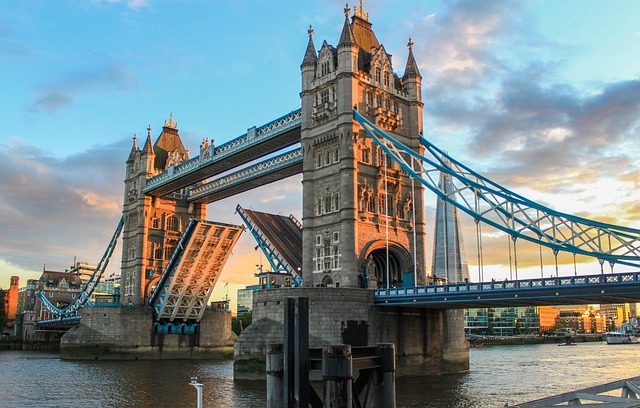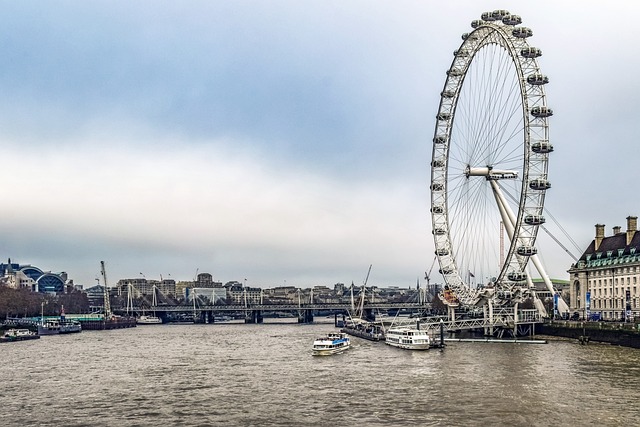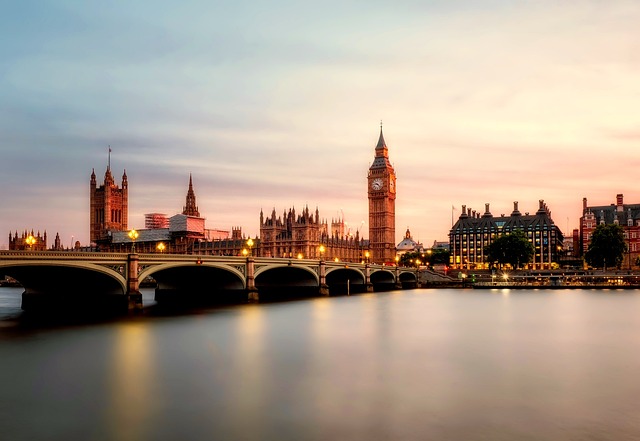Tag: London
-
Tower Bridge Facts for Kids | Hallmark of London
Tower Bridge is a suspension bridge of London. It has been an iconic symbol of this city as it passes over River Thames. It is a bascule bridge, which means it is moveable and gives way to boat traffic when required thanks to the upward swing of the bridge. Its maintenance and ownership is under…
Written by

-
River Thames Facts – The Longest River in England
River Thames is the longest river in England and the second longest river in the United Kingdom with a length of about 215 miles. It flows through southern England, starting from Gloucestershire Cotswolds to North Sea. It passes through eight English counties and flow alongside some of the major towns and cities such as Oxford, Richmond, Kingston upon…
Written by

-
Big Ben Facts for Kids | Exciting 8 Facts about Clock Tower
London has many landmarks, but none is more popular than the Big Ben. This clock tower is probably the most prominent and well known attraction in not only London, but England as well. Its history and Victorian structure attracts millions of tourists every year. It is located on the side of the House of Parliament…
Written by

-
London Facts For Kids – Facts About London
London being the capital city of England, stands on the River Thames and it has long been admired for the exquisite lavishness of Londoners and the long history that enriches city in the field of art, commerce, fashion, research, culture, tourism, and entertainment. Let’s discover some of the least known London facts for kids. London…
Written by

